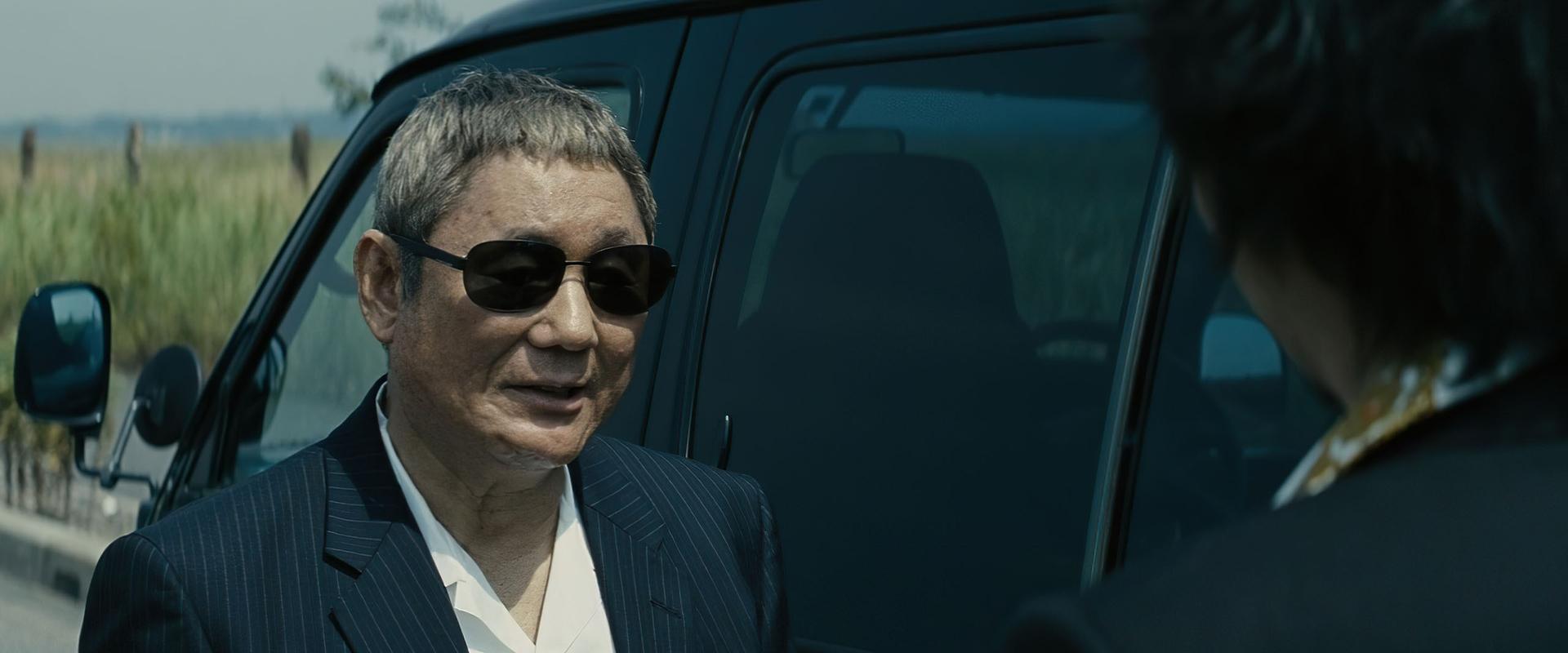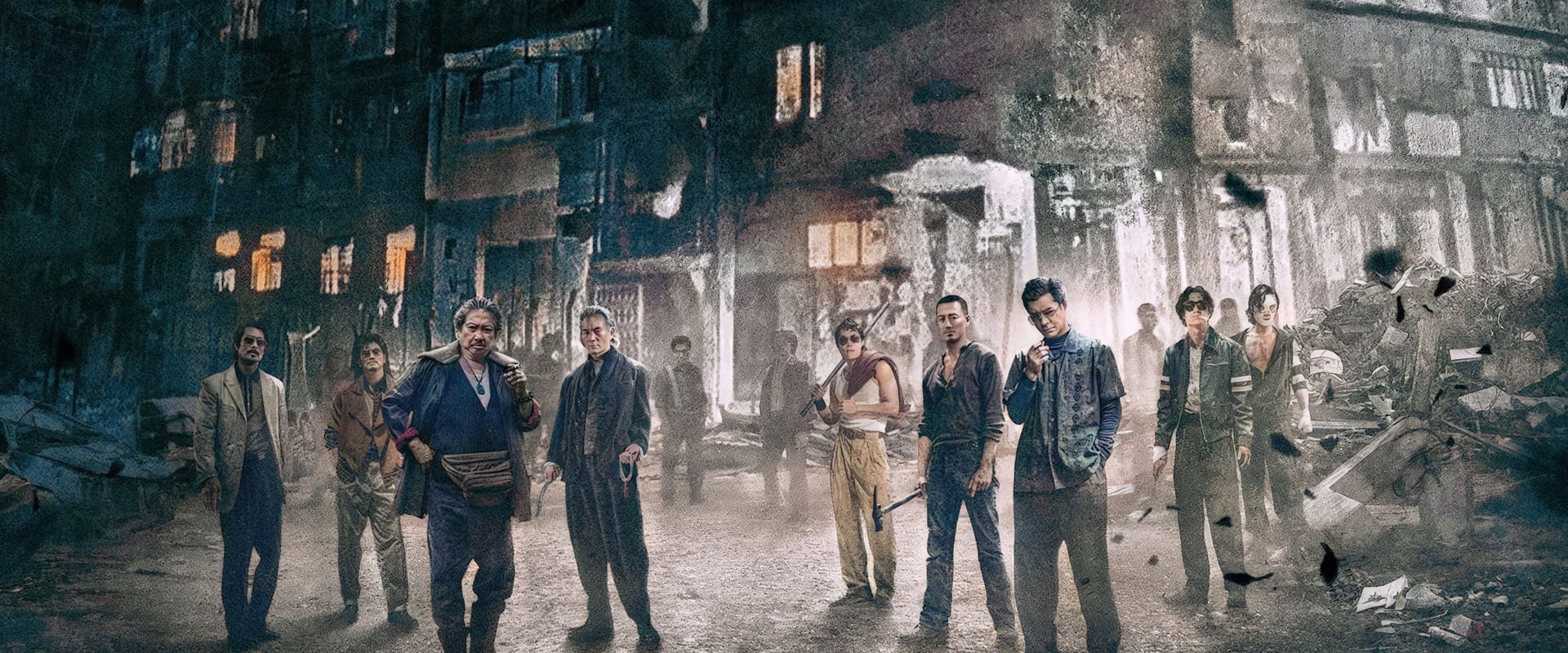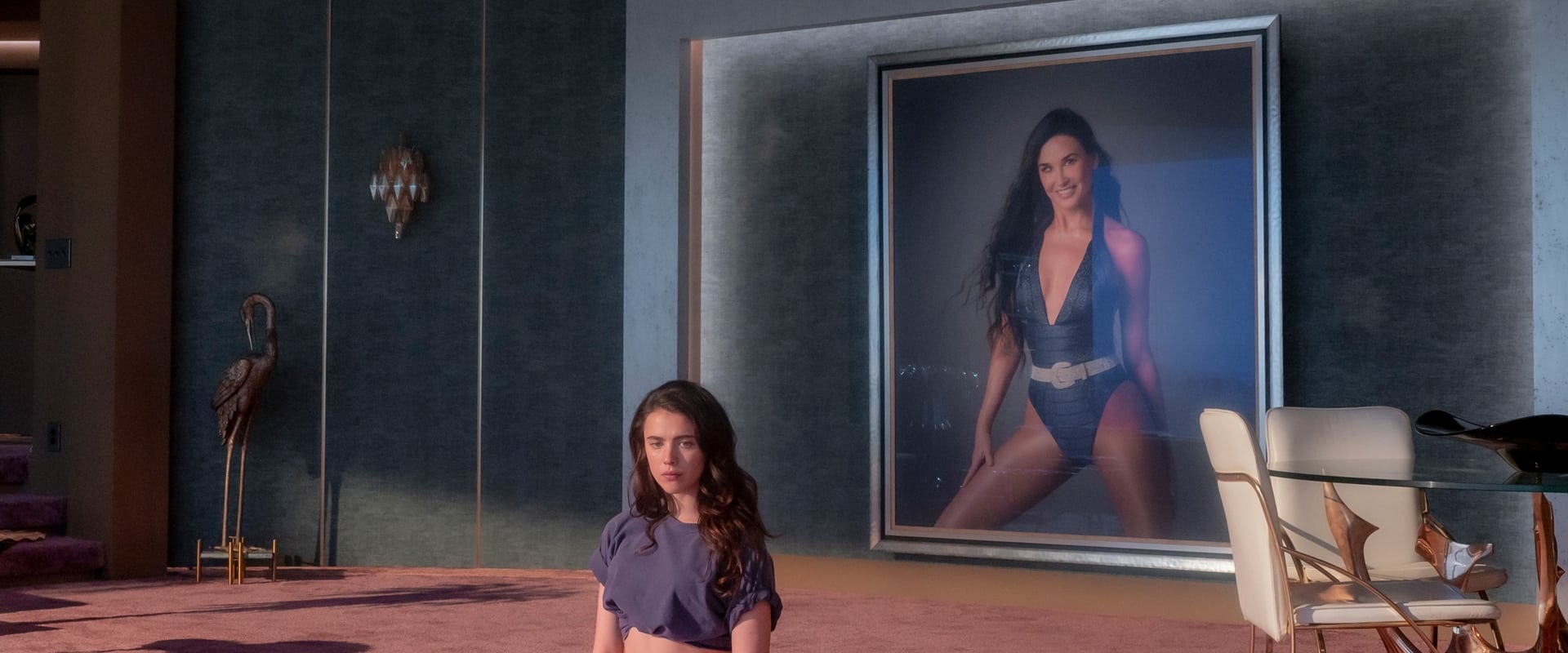If Takeshi Kitano ever felt compelled to sign off from the yakuza genre with a blood-red signature, Outrage Coda is it—a film drenched in betrayal, inscrutable silences, and the kind of violence that doesn’t so much escalate as metastasize. Kitano, in his quietly volcanic way, delivers what may be the only logical conclusion to a trilogy built on the tattered flags of honor and revenge: an ending that’s less grand opera than a slow, inexorable lowering of the curtain. If you go looking for the high-def shocks that made the original Outrage sting, you might think you’re being offered leftovers. But here’s the trick: even at his most subdued, “Beat” Takeshi never once lets you forget he’s on screen—weathered, stone-faced, and radiating danger like a knife tucked under a pressed suit.
Kitano’s Otomo is the last samurai by way of a surly accountant—so efficient in dispensing retribution, he treats vendetta like a household chore. Watching Otomo navigate the shark-infested waters of yakuza politics is a bit like watching Michael Corleone at the end of his rope: the old codes have curdled into something sour, yet the rituals still demand their blood offering. Outrage Coda doesn’t feint at redemption or try to humanize its monster-in-chief; instead, it doubles down on the existential bleakness that defines Kitano’s worldview. The fact that this film flirts with “Scarface” levels of carnage should surprise no one—what’s a yakuza trilogy climax without a spurting artery or two? And yet, for all the arterial spray, there’s a melancholic restraint at play—a hand steady on the trigger but just a shade slower to pull.
The supporting cast fans out around Kitano like so many tarnished medals—well-crafted, yet a little threadbare at the edges. Ren Osugi’s Nomura, meant to be a chess master of the Hanabishi chessboard, instead stumbles about like someone who’s lost his playbook at a mob funeral. Is this man really the spider at the heart of the web, or a fly that got stuck in the glue? My head said “puppet master,” but my heart only saw a man fussing with knots. Toshiyuki Nishida as Nishino—the court jester who wants to be Julius Caesar—never quite finds the switch between farce and ferocity; as power players, these two are as threatening as a couple of bickering uncles at a family reunion. In a series built on the exquisite tension of backroom deals and knife-in-the-back betrayals, this is not a trivial failing. A yakuza drama with wobbly villains is like a kabuki play performed in gym shorts: it gets the job done but kills the mood.
But then, Kitano’s Otomo is in a different league altogether—a cold-blooded artist of violence whose Medusa stare could stop a shotgun in mid-air. Every scene with him at its axis hums with the electrical charge of barely contained mayhem. You see the years etched on his face, the toll of all those dead men and broken codes. Otomo moves through Coda like a death god, unmoved by power, untempted by redemption, seeking only the perfect act of vengeance to justify his own annihilation. Kitano, the director, knows exactly how to shoot Kitano, the actor: never show more than you need; never explain what’s obvious in the twitch of an eyebrow.
The pulse of Outrage Coda beats to the ancient drum of the yakuza code: loyalty, power, and the bitter price of both. The film has the somber, fateful music of a Greek tragedy played out with Uzis and cell phones. Kitano’s philosophical critique of honor glints through the script, echoing the moral ambiguity of Kurosawa at his most despairing (Throne of Blood is here, hanging like a ghost), and Coppola’s Godfather in its relentless accounting of debts owed, debts paid. Each bloodletting is a ledger entry in a universe where the only absolution is a bullet and the final confession is a body on the floor. Kitano doesn’t spell out the rules—he lets the audience pick through the wreckage and decide if “honor” is just another word for self-delusion.
If you want atmosphere, Kitano can still conjure it out of thin air and empty bottles. There’s a brutal poetry in the way the film cuts from Jeju Island’s haunted calm—Otomo the fisherman, momentarily human—to Tokyo’s shadow-cast neon hellscape. He has a knack for turning tableau into omen, every costume a tiny masterclass in understated menace, every snatch of score a reminder that in the yakuza world, drama always arrives riding shotgun with fatality. It’s as if Kitano took a lesson from John Woo and then stripped out the doves—leaving only the violence in its bare, unbeautiful credibility.
But it must be confessed: the tapestry here is faded in spots. Kitano’s punch is less full-blooded than before and not all the players rise to the level of the stage. Intensity sputters. Secondary arcs, particularly Nomura’s and Nishino’s, unfold like obligatory exercises—more report card than revelation. When the film chokes a little on its own plot maneuvers, we miss the bristling, relentless drive of the first two outings. The gangster genre is not forgiving of weak links.
Yet when Outrage Coda works, it’s because Kitano, in control of every frame, pulls us toward the abyss with the assurance of a director who knows that catharsis is the cruelest trick of all. Otomo’s vendetta is clean, almost geometric in its inevitability. The ending doesn’t so much resolve as leave you stranded on the far side of violence, thinking of all those films where cycles of revenge promise transcendence but never bother to deliver it. The violence is cyclical, pitiless—and as the credits roll, you’re left wondering: who, exactly, got what they deserved?
If Outrage Coda isn’t a reinvention, it’s at least an echo with enough force to rattle the walls. Kitano the survivor, Kitano the witness: he isn’t offering you a revolution, but he’s too honest to promise a redemption he doesn’t believe in. This is a finale with a death mask’s grin—resolute, unsentimental, and oddly moving in its gloom.
Kitano closes the trilogy with a bang and a sigh—a fitting, imperfect crescendo by a filmmaker who never lost sight of how thin the line between elegance and savagery can be. Not quite a masterpiece, but neither is it a surrender. As Otomo bows out, Kitano adds one more scar to the genre’s battered face—and it’s a mark that will last.


